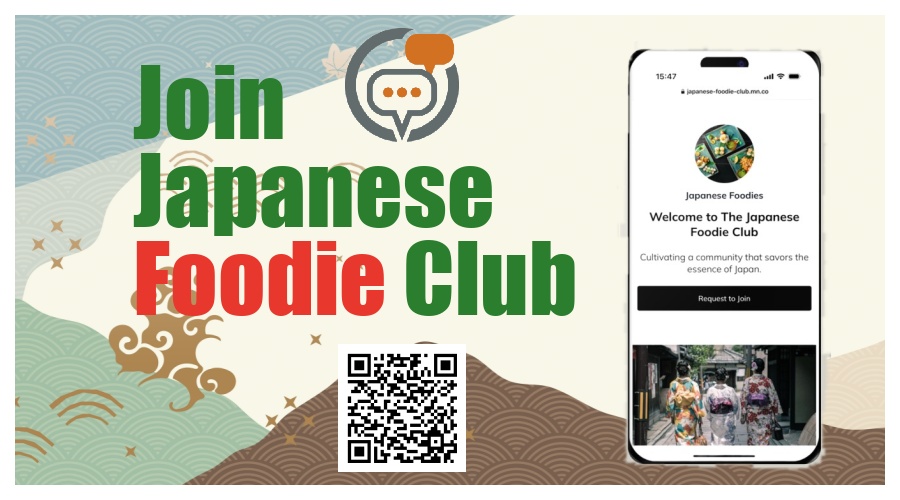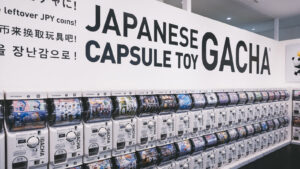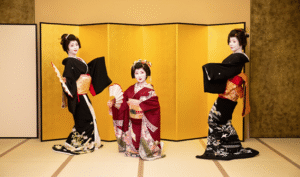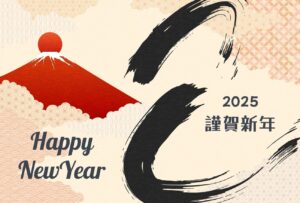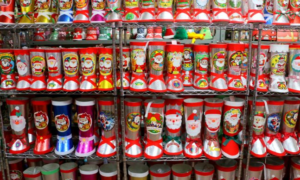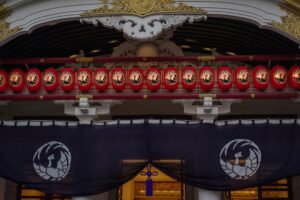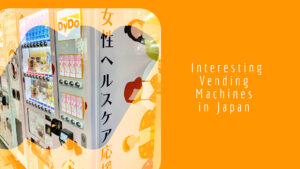3 Reasons Why Japanese People Don’t Have a Tipping Culture
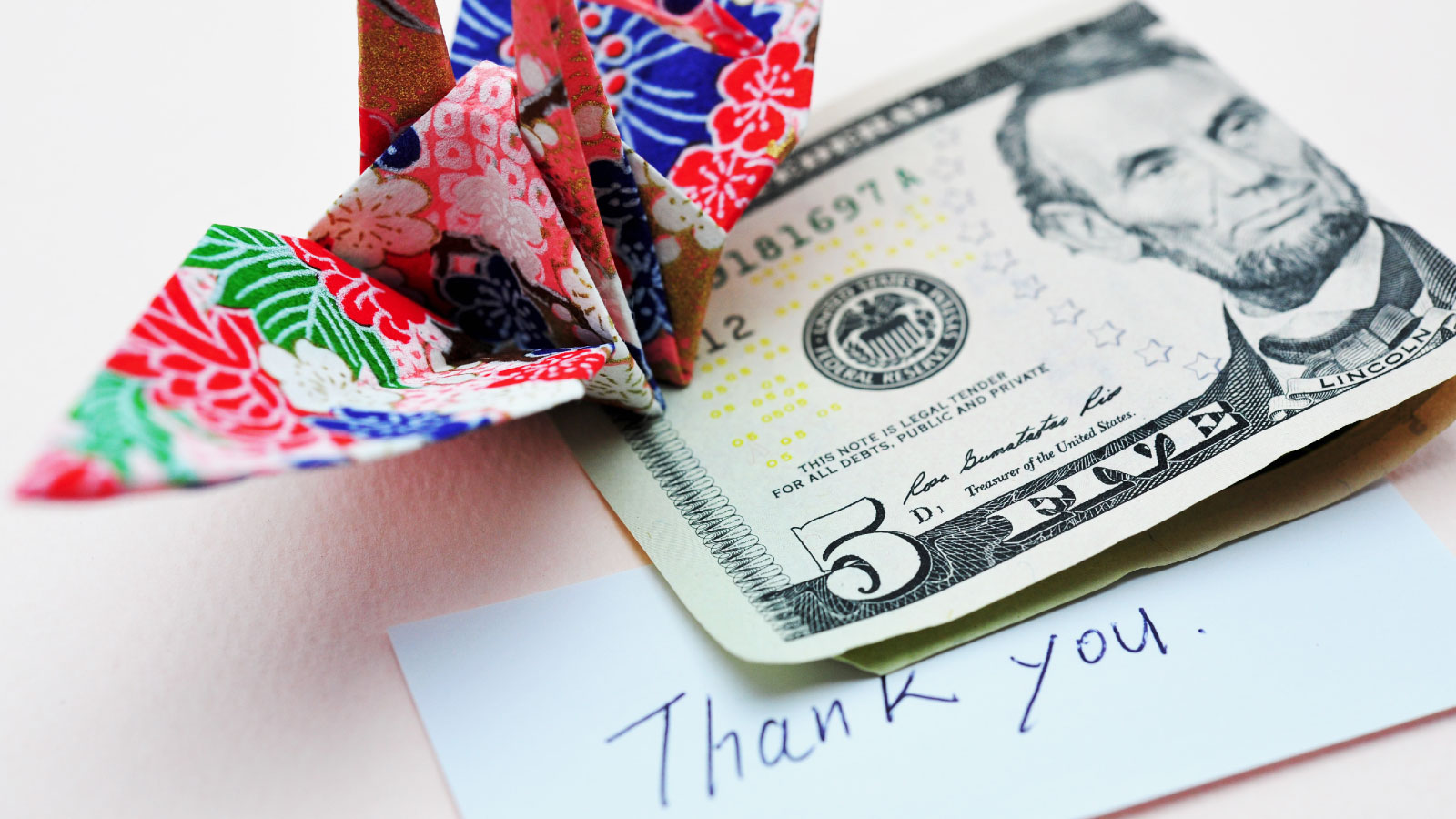
There is no culture of tipping in Japan. Tipping used to be a custom in some places, but now it is gone in most places. The tipping system disappeared because it didn’t fit Japan, but there is a system in Japan that is similar to tipping. Here are the reasons why tipping has disappeared and the systems that have replaced it in Japan.
Shame
Japanese people have a culture that thinks it is shameful to ask for money in return. This is because they think it is shameful to do something nice for money.
The tipping system existed in Japan as early as around 1600. The tipping system was mainly used in ryokan (Japanese inns), where only the actual cost of accommodation was charged, and the service was paid for with “Kokorozuke” money to make the business work.However, the practice of being suspected of being a bribe, and the fact that the amount of money varied depending on the occupation of the person giving the tip, as well as depending on the person giving the tip, became annoying to both the person paying and the person being paid, and by the 1800s it had fallen into disuse.
However, this culture seems to have survived in some of the more luxurious inns. It is important to note that in Japan, it is not a good idea to give cash as it is. When giving cash to someone, such as New Year’s gifts, it is better to put it in an envelope or something. Unless you are very close to the person, it is considered rude to give cash as it is to someone.This is why most ATMs in Japan have a free envelope next to them.

Table charge

There is usually a table charge as a cover charge mainly in restaurants. In Japan, where there is no tipping system, most establishments charge a cover charge, which means that the cover charge functions as a substitute for a tip, so they do not take a tip. In Japan, many restaurants have a rule against accepting tips. If they refuse to receive your tip, don’t force them to give it.
Izakaya (Japanese-style pubs)
In izakaya (Japanese-style pubs), the table charge is based on a system called “Otoshi”. When you are seated, a small plate with food is served to you without saying. This is the otoshi, and they charge 3 to 5 dollar for it. It is not possible to refuse the otoshi at any restaurant, but if you negotiate with the waiter in front of the restaurant before entering, some restaurants will agree to not include it.
Bars
It is common for bars to charge between 9 dollar and 19 dollar. It’s a bit expensive to go in casually, and sales are boosted by customers’ willingness to have two or more drinks because they feel they will lose money if they only have one. Jazz bars with live music charge about 50 dollar in addition to the cover charge.
The customer is always right
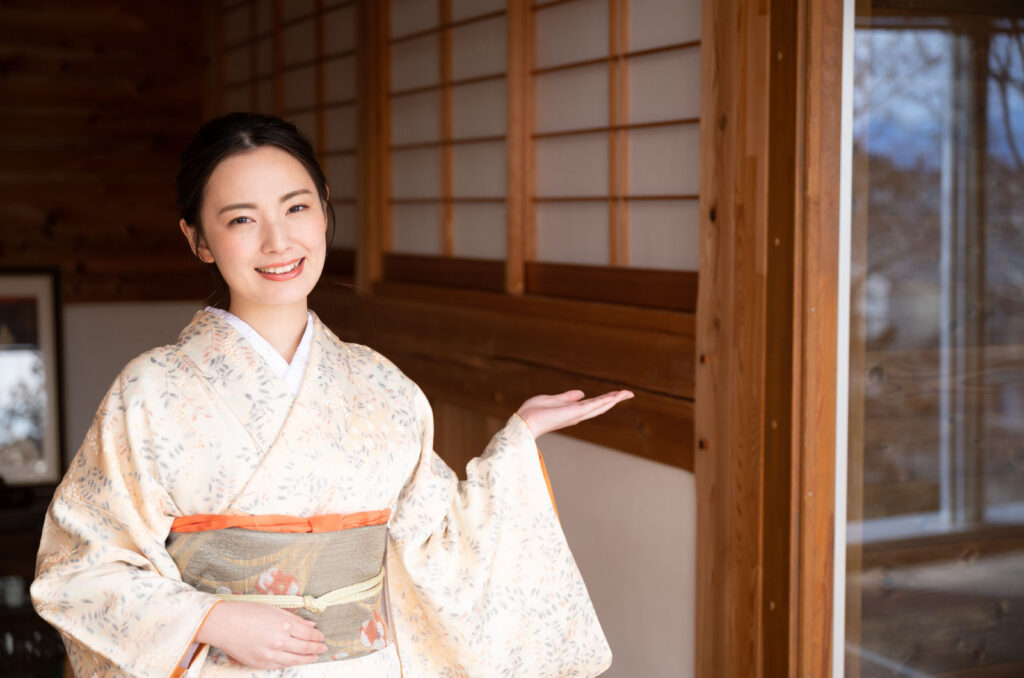
In Japan, there is a word, “Customer is always right”. Recently, it is more often used as an irony now, but in Japan, the position of the customer is basically strong and that of the shopkeeper is weak. Therefore, there is no sense of “thank you for giving me good service,” and many people think that “giving good service is a normal thing to do”. There is no culture of tipping because people think it is strange to pay for something that is normal.
In fact, this has become a problem in recent years, and what used to mean “treat the customer like a god” in the aspect of service has recently become “I am a customer, therefore I am a god”. People who think that they are gods are forcing store clerks to deal with them in impossible ways, and some of them are becoming arrogant, which has led to incidents in some cases. In the midst of this, the opinion that the shopkeeper’s position is too weak has become stronger, and in order to stop this, the Japan Tipping Promotion Association was established in February 2021 to encourage the adoption of a tipping culture.

